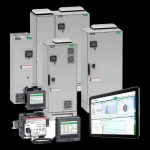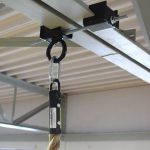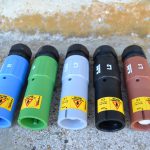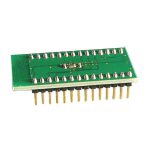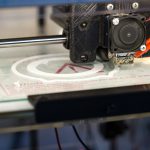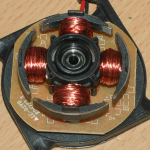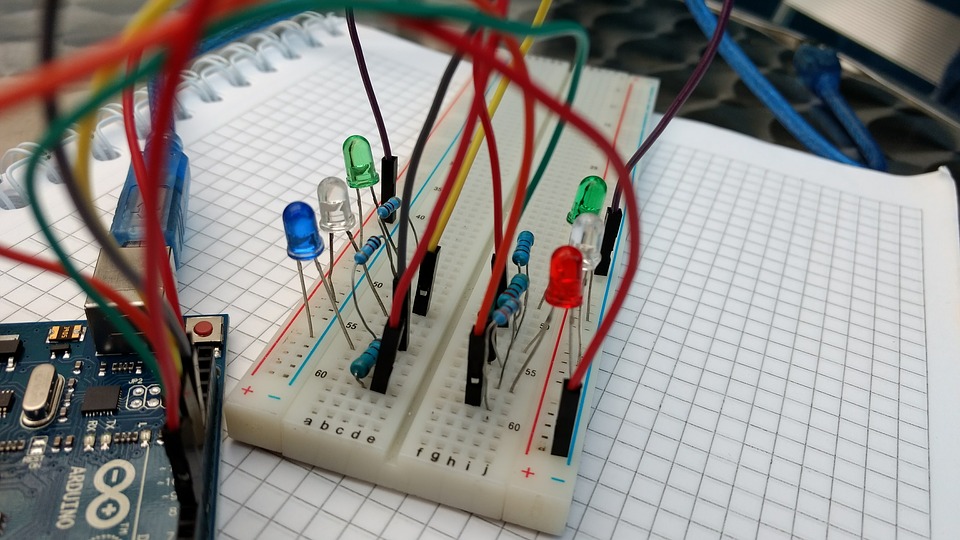
Light-emitting diodes(LED) modules are LED self-contained devices that are designed to either function on its own or to plug into a compatible unit. These modules are mostly used in the development of both energy-efficient and portable lighting. An LED contains several LED bulbs that are connected to a fixture that contains a battery or an alternative power supply which powers all the bulbs contained therein.LED modules can either emit white light or emit different colours based on the material they are made of. They are prominently used for advertising and signages but could as well be used for other purposes due to their versatility.
Types of LED modules
There are a variety of modules available in the market. There no specific parameters that can be used to categorize. They can be categorized in terms of efficiency, form, CCT, colour among others. Some of the common ones used in signage and advertising include;
-
Side LED modules
Side LED modules are used to illuminate large-sized sign cabinets.
-
Back LED modules
They are used for lighting the inner side of cabinets and channel letters among others.
-
Flex LED strips
Flex LED‘s are very versatile and can be modified into numerous shapes. They can be modified into words or logo shapes.
Manufacture of LED modules
There are currently numerous manufacturers of LED modules across the globe. Their production techniques also vary accordingly but are all rooted in the principles of LED manufacture which are grounded using diodes to generate by electronic excitation.
Read Also: “LUXEON XR-TX Series LED Array Modules for LED Applications”
Manufacture of LEDs
In the manufacture of LED’s, the semiconductor material is first prepared. This material is known as the semiconductor wafer. The wafer is prepared at high temperature and high-pressure chamber. Elements involved include a phosphor, gallium, and arsenic. They are purified and mixed in the high temperature and pressure chamber. After purification, they are then liquefied into a concentrated solution. A rod is then placed in the solution and then removed to allow for the solution to crystallize on the end of the rod. The material is then sliced into semiconductor wafers and sanded until they are smooth. The wafers are then dipped into various solvents to remove dirt or organic materials.
Additional layers are then added as well to improve the wafer’s properties. After that, the metal contacts are defined before it is finally mounted onto an appropriate package, and wires are attached and everything encased to come up with a complete LED.
The designs of the resulting modules also vary according to manufacturers. Some of the widely known manufactures include 4D LCD Pty, Lediko, Philips, and Intelligent LED Solutions among others.
Applications of LED modules
LED modules are mostly used for outdoor purposes and advertising. They are however very versatile and can be used in many other ways. This can be used in the aviation industry to light up runways. These can also be used at homes to accentuate the various parts of the bathroom like mirrors and plants. These can also be used to improve the ambience in sitting areas in homes. The automotive industry has also received a boost from LED modules. They can be used to light up dashboards and other parts of the vehicle. Campers are increasingly adopting for night lamps and flashlights.










